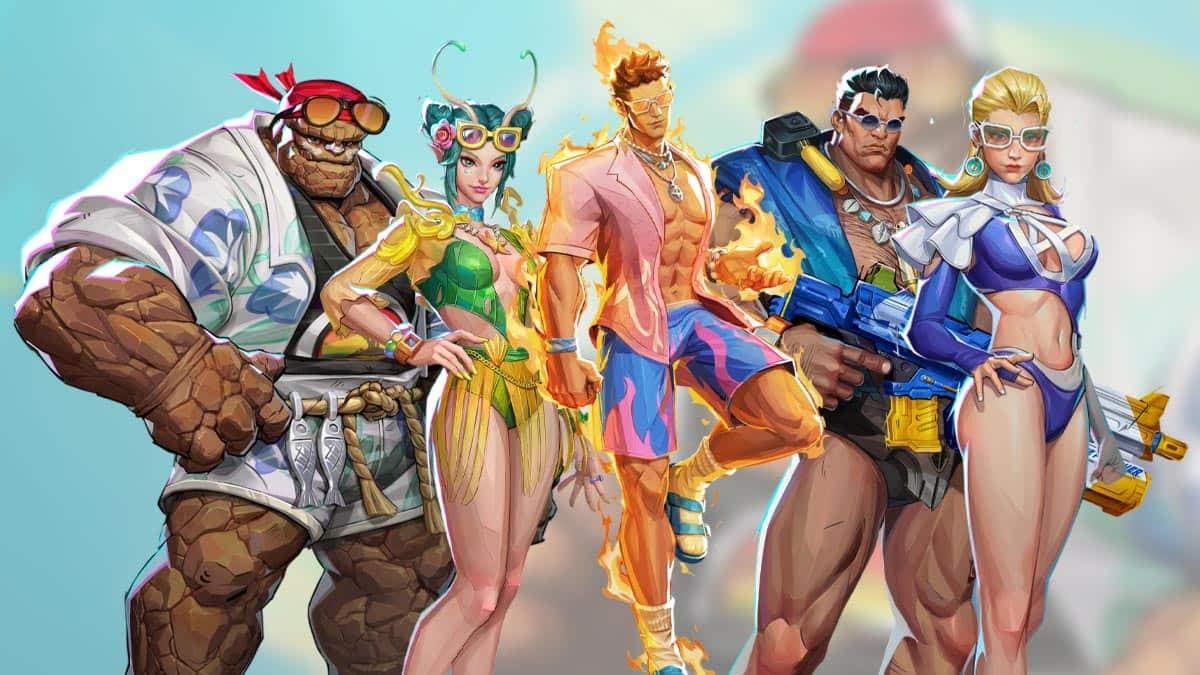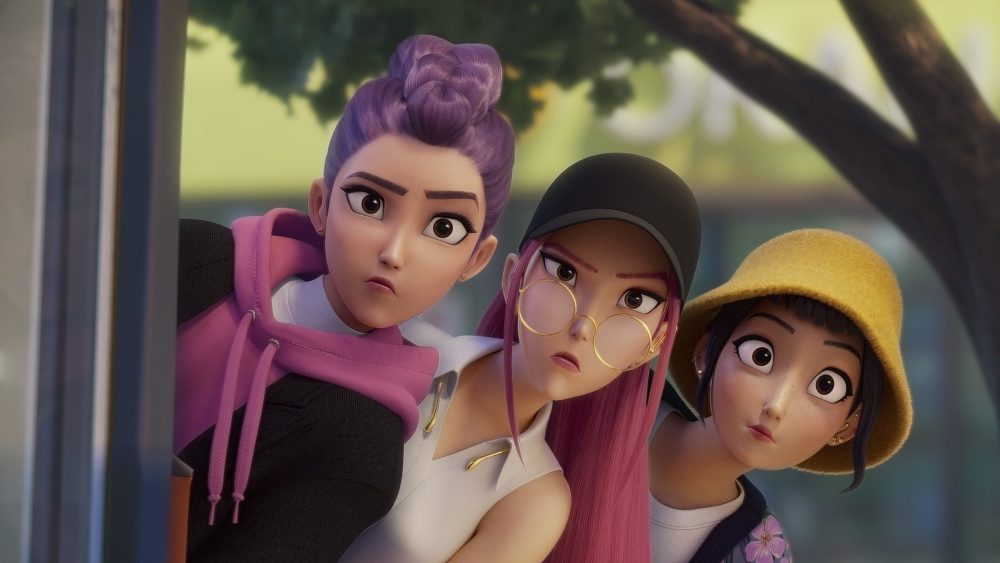It is extremely hard to make it in the current market as a live-service multiplayer game, prying players away from titles that have been on top of the genre for years. One recent exception seemed to be Marvel Rivals, a breakout hit from NetEase with an awesome roster and even cooler animation, taking its mechanics mainly from Overwatch.
However, tracking its playercount over time on Steam, in less than a year, Marvel Rivals has lost 85% of its players, down from a peak of 644,000 concurrents in January 2025 to 98,000 as of this week.
98,000 players is still healthy in the context of the industry, but the problem here is the trendline, which continues to decline without hitting a floor. Losing this many players this quickly does not bode well for the idea that Rivals is going to be a long-term hit in this space, especially if production costs are high and the wild pace of new character releases each month continues.
What we see with other games in the space, ones that have been around for years and slowly grew there audience in time, are increases over time, even if declines begin eventually. For instance, Apex Legends climbed from 117,000 players in November 2020 to a peak of 624,000 players in February 2023. If the Marvel Rivals trajectory occurred instead, ten months after that 2020 launch window would have been 99,000 players. But instead, in August 2021, 10 months after its Steam launch, it had 330,000 players, nearly triple.
While many decry the use of Steam charts to measure a game’s health, this is not some single player game where players will finish a storyline and leave. Yes, it is stupid to use a chart like this that way, but not for a live service game which wants to grow, or at least maintain, its population. An 85% drop in under a year is not something you can spin positively.
What’s not clear is what might change with Rivals to reverse this. Declines may slow, but do a 180? I do wonder if pace of development might almost be too fast, cranking out characters every month that launch either over or underpowered, and balancing the game with so much added to the game so quickly is difficult, and players may not appreciate that. Or it’s possible that over time, the players Marvel Rivals siphoned from other shooters may have simply drifted back to those staples. As I said, this market is brutal, and Rivals defied expectation where so many other games in this space fail immediately. Long term success, however, is another story.
I don’t know if it’s “alarm bell” time here, but charting these declines show very real retention issues, and I wonder what NetEase may try to do from here.
Follow me on Twitter, YouTube, Bluesky and Instagram.
Pick up my sci-fi novels the Herokiller series and The Earthborn Trilogy.
First Appeared on
Source link












